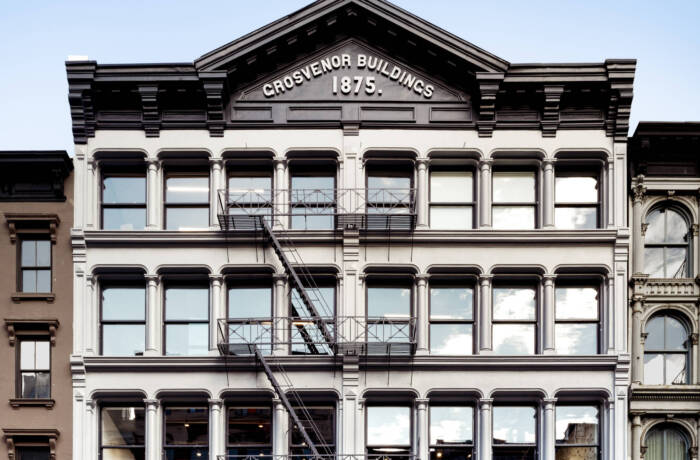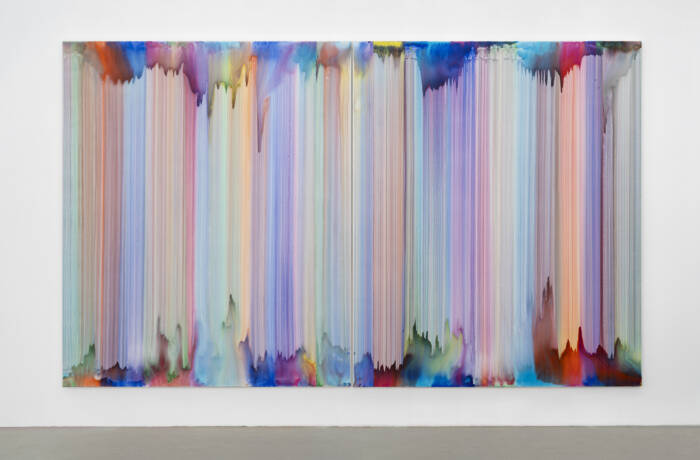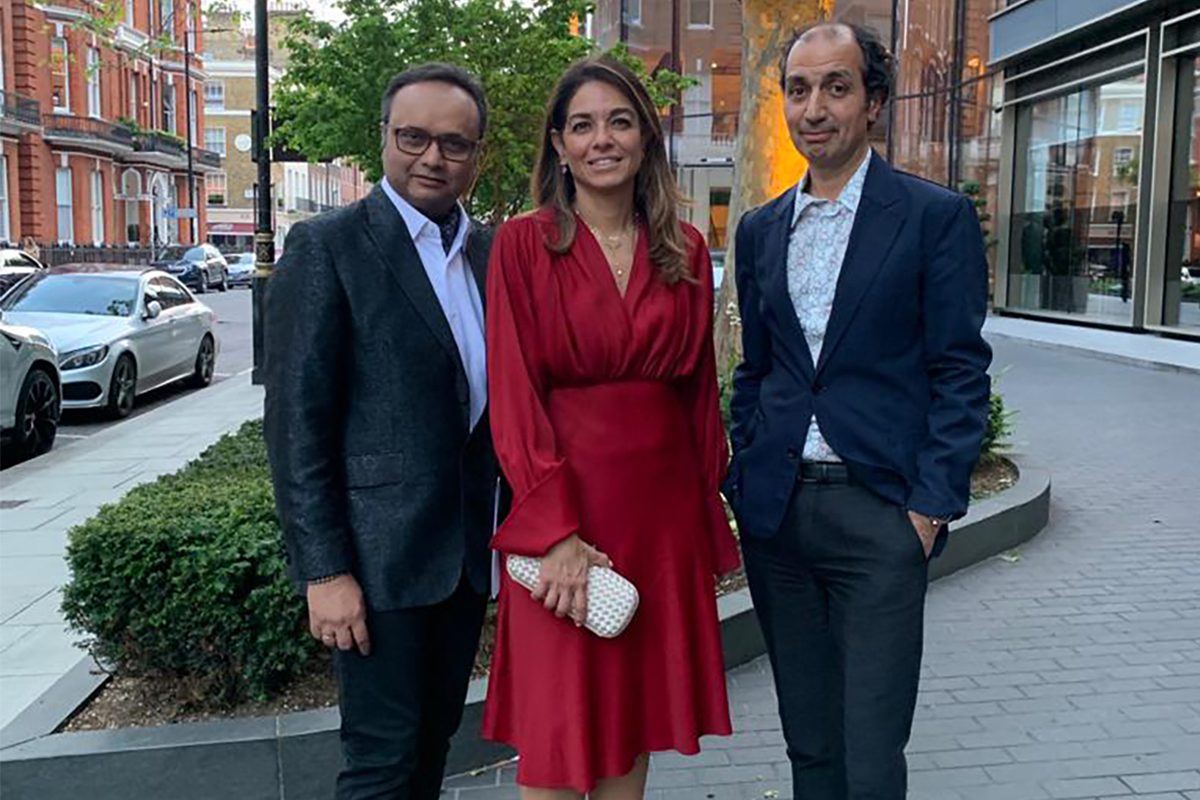
Left to right: Philanthropist Durjoy Rahman with collector Maria Sukkar and LUX Editor in Chief, Darius Sanai
In the fourth of our series of online dialogues, Maria Sukkar, one of the most significant collectors in the UK and Co-Chair of the Tate Middle East North Africa Acquisitions Committee, speaks with philanthropist Durjoy Rahman, moderated by LUX Editor in Chief Darius Sanai. Their wide-ranging conversation covers the need to support artists from your place of origin, the western eye, and the emergence of new art powerhouses, among much else
LUX: Durjoy, you are from Bangladesh and Maria, you are from the Lebanon. Is it important to you to collect art and to support artists from your home countries?
Durjoy Rahman: I’m based in Bangladesh, but with collecting I extend to a broader South Asian perspective. We were an undivided subcontinent before partition in 1947, and to understand the development of art in the region, we must understand that context. My collections also include the diaspora of South Asian artists in Europe and the Americas, and artists from other regions whose practice have relevance to South Asian practices. Bangladesh has a long history of art but, because of colonialism – Bangladesh did not become independent till 1971 – much of our culture was lost. I recommend that collectors from this region start their art and philanthropic activities here, to restore lost heritage and give future generations evidence of our identities and history.
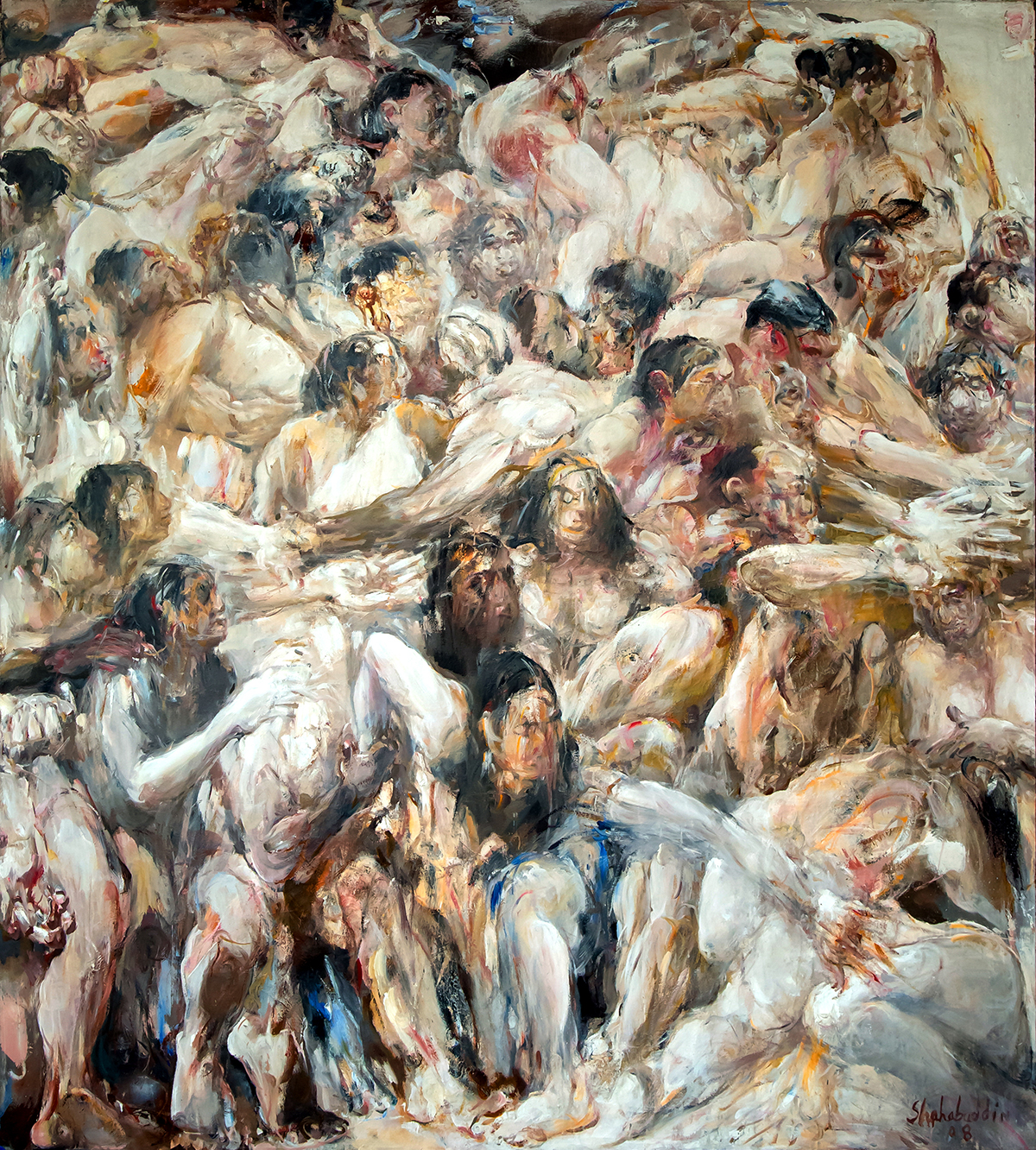
Festival by Shahabuddin Ahmed a Bangladeshi painter whose works are part of the Durjoy Bangladesh Foundation’s Collection
Maria Sukkar: I agree. I also think you gravitate towards artwork from your region because it tells your story, and it helps define who you are. I started collecting on a small scale with my husband when we were married 25 years ago, but when we moved to London it snowballed, and we collected art from everywhere. Maybe my relationship with Middle Eastern art intensified because it reminded me of things I love about my roots. I believe collecting art from the region one comes from adds a beautiful layer to your life.
LUX: Is there a dialogue between South Asia and the Middle East in terms of art?
DR: I believe so. The Sharjah Art Foundation in the UAE did a Pop Art exhibition last year, “Pop South Asia”, and the curator included work from my collection because it represents the development of Bangladesh art specifically, but also relates to the South Asian stream, going beyond to MENA and on to the European school. We collaborated with Art Dubai this year, and one of the curatorial topics was food politics and identity. We featured the South Asian famines of 1944-45, and how the colonial powers orchestrated them.
MS: From my experience in the Gulf, Dubai, UAE and now in Saudi Arabia visiting the Islamic Arts Biennale, there has been a huge effort to showcase different talents and disciplines, and there are fewer and fewer taboos. What you see is impressive and sometimes daring. They are mixing media and there is a lot of photography and textiles, and very impressive installations.
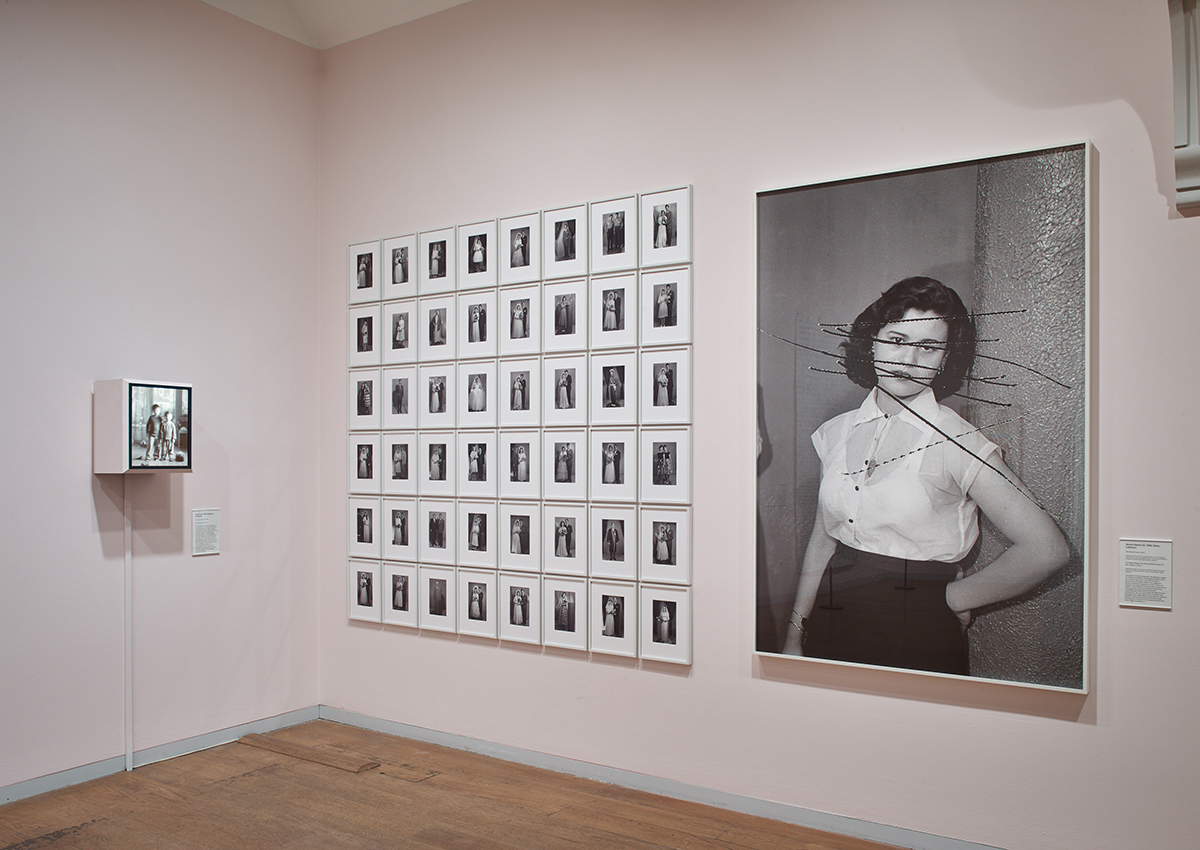
Maria Sukkar’s ISelf Collection displayed at the Whitechapel Gallery, London, showed many works from Akram Zaatari’s The End of Love series
LUX: What’s the best way for influential collectors, like yourselves, to support artists today?
MS: First, collecting an artist’s work opens doors for others to see them, and displaying works at your home with work by artists from other regions means people see the works in a different light. Secondly, if you can bring an artist to an overseas residency, they can do research, meet new people, visit new institutions and museums and return home feeling culturally enriched, ready to explore other avenues and create great work. Thirdly, you can sponsor shows abroad, both financially and by organising events around them. A fourth idea is to host events for visiting artists. When I know a Lebanese artist is coming to town, I open my home. Finally, if an artist is representing your country at a biennale, support them. It’s a great way to show your country exists. Putting a pavilion together costs a lot of money, so supporting the artist elevates them and makes some noise, enabling people to learn about your country and your artists.
DR: I would just add to support emerging curators as well as artists. And one important addition to the art ecosystem would be to support publications, so curators are aware of developments and practices of artists in the region. Publications will remain as archival facts, which are very much missing in South Asia – and much needed.
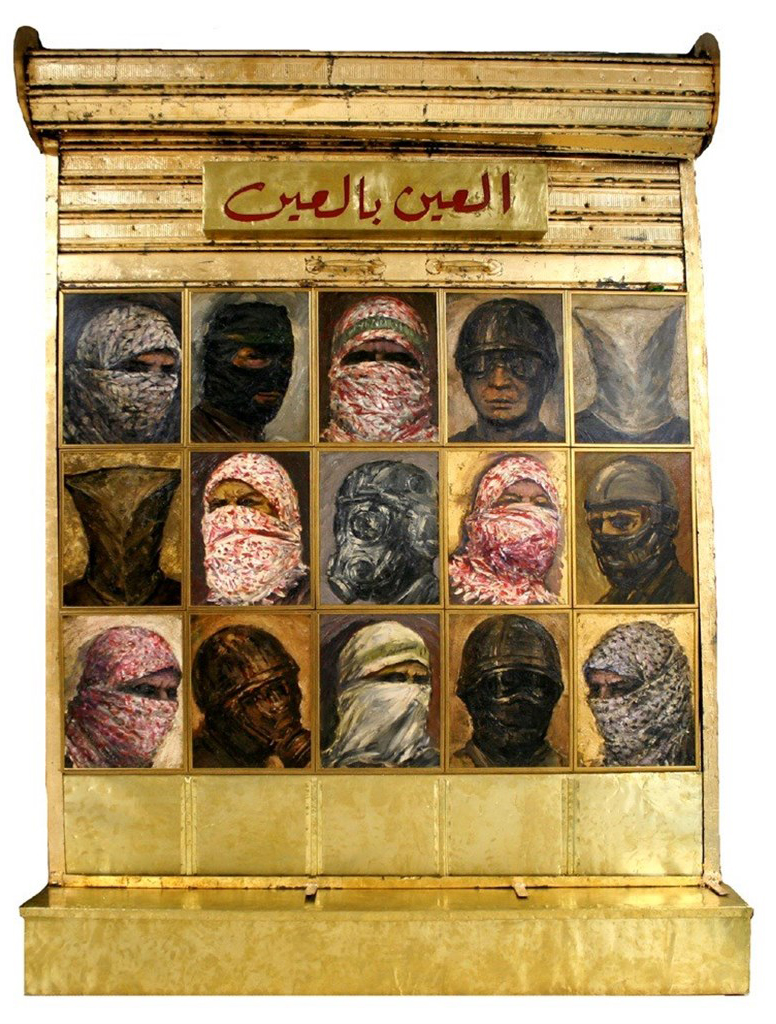
An Eye for an Eye, 2008 by Ayman Baalbaki, ISelf Collection
LUX: Is the art world still judged via the lens of the Western eye, or are artists being validated via another lens that doesn’t require Western perspectives?
DR: I call it the ‘Western gaze’. The Western art ecosystem has developed very structurally, it is very professional in exhibiting and documenting what it has, and Western art education is very forward-thinking. So, the West has had the liberty to look at the South Asian ecosystem however it wanted to, and it has been West looking at East. But this has been changing in the past decade with so many developments in these regions – the Biennales, Desert X, museums and major art fairs. These activities are important catalysts to changing the Western gaze and shifting things so that the East also looks at the West. The West is also sometimes dependent on what is happening in the Eastern art market.
MS: In recent years, with the mushrooming of art fairs and the changing communication between countries and organisations, the Western gaze has subsided. If you walk, for example, through the Tate display rooms, you see the artwork is grouped thematically, not chronologically or by country, so you see artists from different countries side by side. So, I personally do not see that sort of Western look at Eastern art.
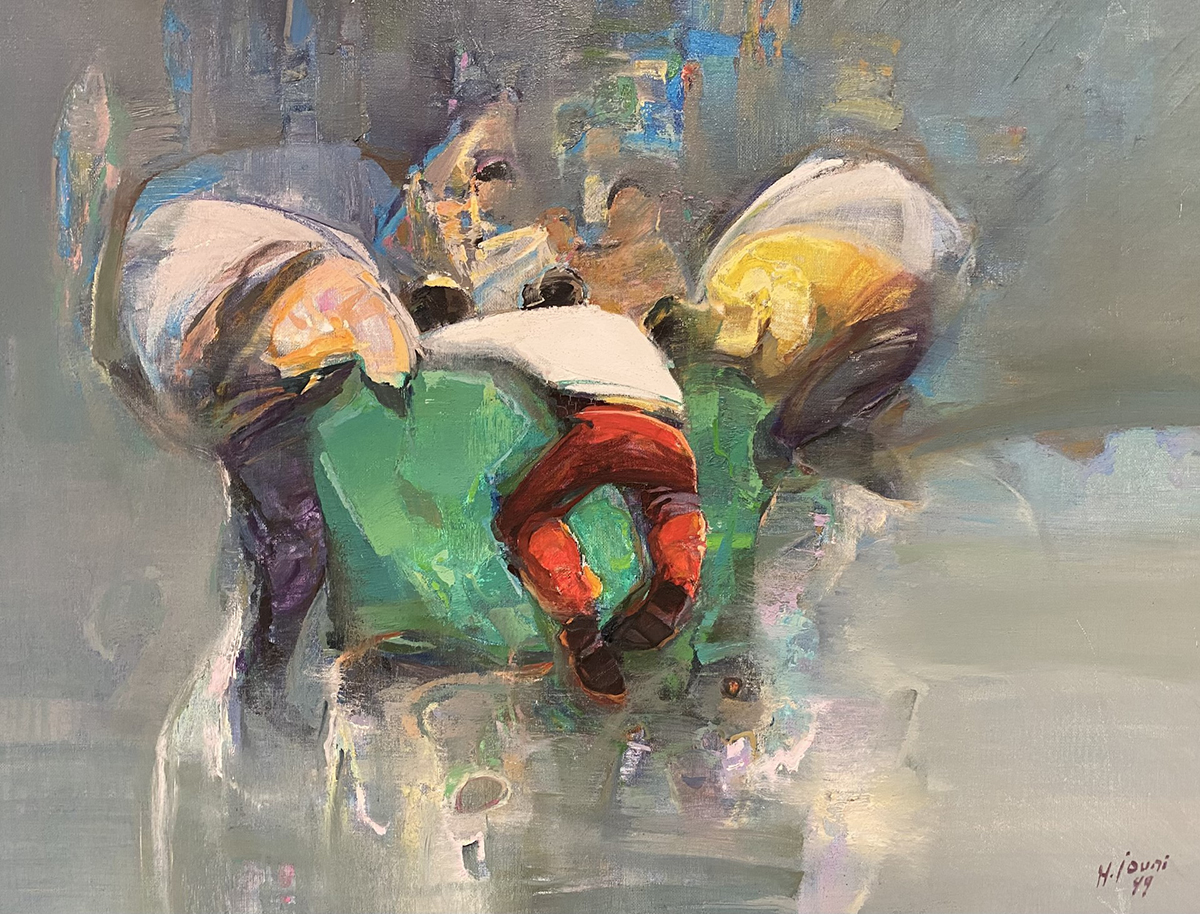
Untitled, 1994 by Hassan Jouni, ISelf Collection
LUX: Is there a barrier to people becoming artists in MENA and South Asian countries? Is there a taboo, that you need to become a doctor, lawyer or engineer?
DR: When you become a professional, you know you have a career path that will give you a living. Being an artist is tough, a lottery. Even in Europe, an art career was traditionally supported by the wealthy, such as the Medicis, because they knew artists needed support. So an art career was challenging a thousand years ago and it is challenging now. Maybe it’s more challenging, because today you have a lot of eyes looking at you from different perspectives – a contemporary perspective, a social perspective, an activist’s perspective. I think it is more of a difficult life than a taboo or social restriction.
MS: Being Lebanese, I think people of my generation would have found it difficult to choose a career in art. You had to pick a profession that would put food on the table. And I agree, Durjoy, sometimes it’s a lottery, sometimes you cannot find your niche. There’s a lot of competition and you can spend your life not making it. But I feel there are more opportunities for our children to be successful artists today. The question is, do we let our children follow their passion, or do we still dictate what they should do?
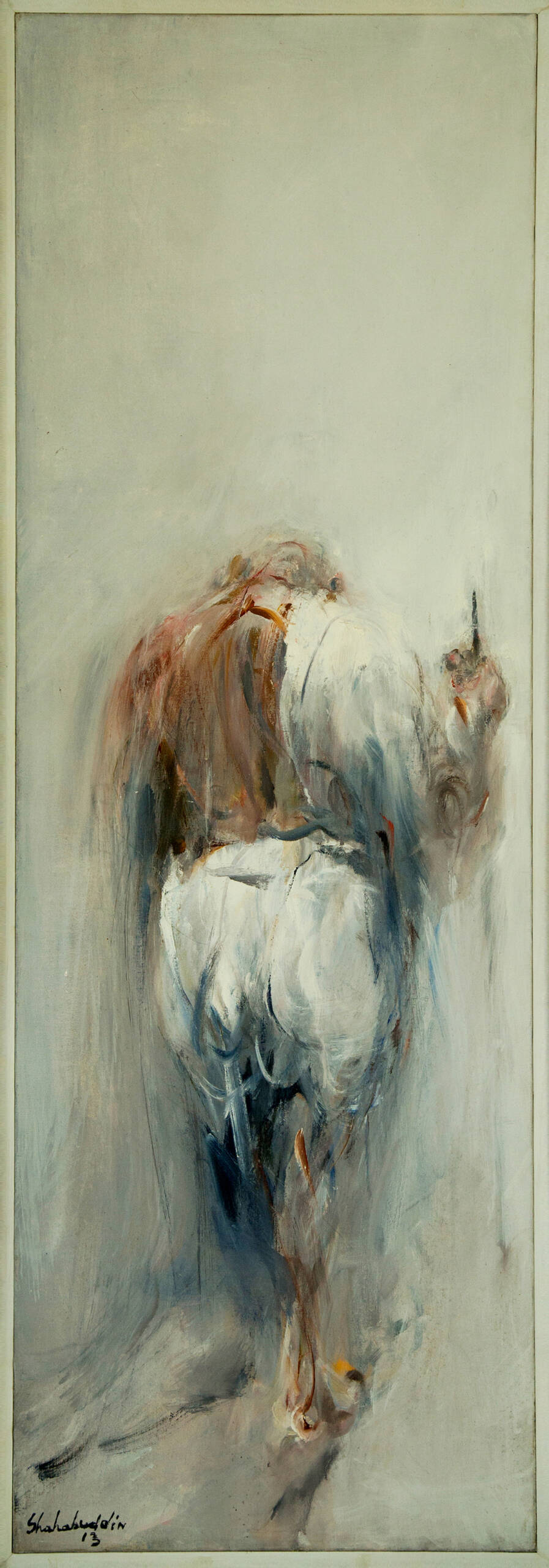
Gandhi-IV by Shahabuddin Ahmed. Part of the Durjoy Bangladesh Collection
LUX: Many women drive the art world in the West, but the societies we are discussing are often patriarchal. Has that been detrimental to artistic development?
MS: I think patriarchal societies have left so many interesting women artists in the dark for such a long time. But hasn’t this been the case at the West as well? Look at amazing women like Louise Bourgeois, who had retrospectives in their late years. I noticed the power of women in Saudi, where they are incredible – a force – and one has no idea until one visits. If you look at the directors of many major UK institutions now – Tate, Whitechapel, Nottingham Contemporary – they’re women. Then there is the book by Katy Hessel, The Story of Art Without Men. So the tide is turning, but it will take time because change takes time.
DR: The South Asian art ecosystem is very much influenced by female curators, gallerists and collectors. If you name the top curators from South Asia, more than 60 per cent are female. There is a South Asia male dominance but, in terms of creative matters, if you have talent, if you have the energy, nobody can stop you. And I think women are ahead in our part of the region in art-related philanthropy.

Cedar, 2009 by Nabil Nahas, ISelf Collection
LUX: In the 1990s, there was much less global awareness about these regions artistically, and that has changed beyond recognition. What will these regions will be like in the next 30 years?
DR: Today, you could say the European art hubs are Paris and London; in America, New York and LA. In the future, I don’t think there will be major hubs, because so many things will happen across the globe. We will be more diverse, and there will be developments in technology and in the transmission of information. So, I think there will be a global platform in 30 years, not a specific centre like the Gulf, or South Asia or Europe. You will be a player in a global arena without regional or continental divides.
MS: I think what’s helping this is the curiosity the West has towards the East. Don’t forget these countries were very private for many reasons. Art from Asia and the Middle East was not always something you would see on museum walls in the West, but this exchange and curiosity is allowing people to visit, to come back with things, to unify countries. I think we’re on the way.
Find out more:

